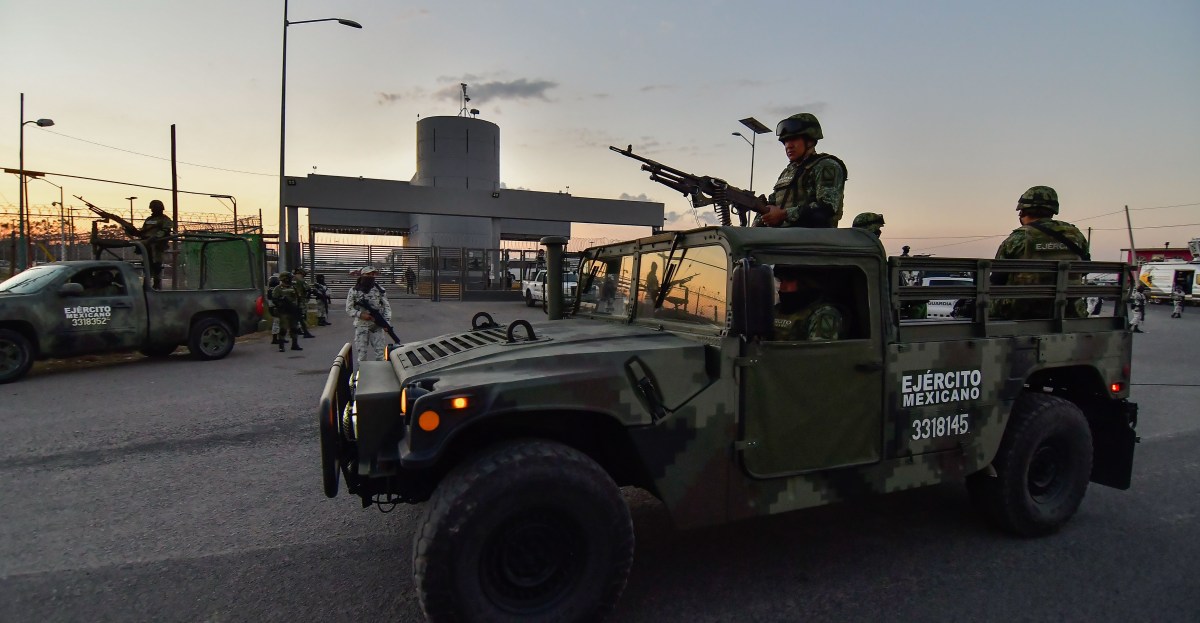Guns, Cartels, and Justice: Supreme Court Weighs Liability for Arms Trafficking

Challenging the gun industry in court just got significantly harder. The Supreme Court has effectively erected an almost impenetrable legal shield that makes it nearly impossible for victims of gun violence to successfully sue firearms manufacturers.
In a landmark decision that dramatically tilts the legal landscape, the Court has reinforced protections for gun makers, making it extremely challenging for plaintiffs to hold these companies accountable for their products' devastating consequences. The ruling essentially immunizes gun manufacturers from most liability claims, creating a formidable barrier for those seeking legal recourse.
This decision represents a critical victory for the firearms industry, which has long argued for broad legal protections. By narrowing the pathways for potential lawsuits, the Supreme Court has sent a clear message: gun manufacturers will enjoy unprecedented legal defense against claims stemming from gun-related injuries and deaths.
Victims and advocacy groups hoping to challenge the industry through legal channels now face an extraordinarily steep uphill battle. The Court's ruling effectively closes most legal avenues that might have previously seemed promising, leaving those harmed by gun violence with dramatically reduced options for seeking justice.
The implications of this decision extend far beyond individual cases, potentially reshaping how gun manufacturers are held accountable in the future. For many, it represents a significant setback in the ongoing struggle to address gun violence through legal mechanisms.

